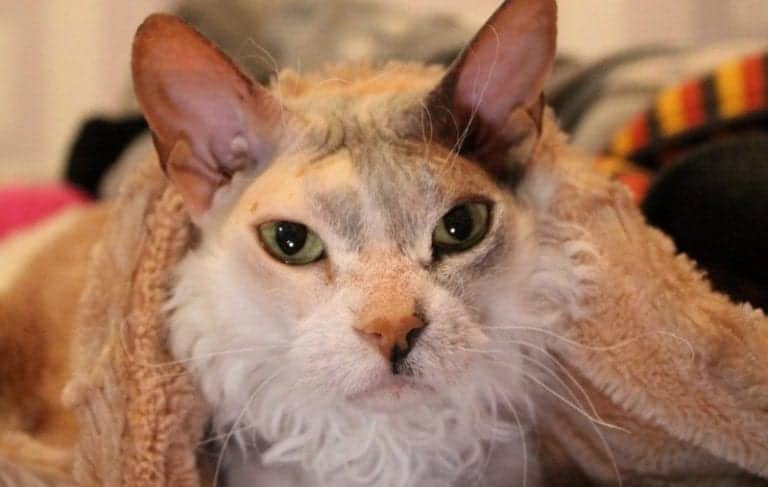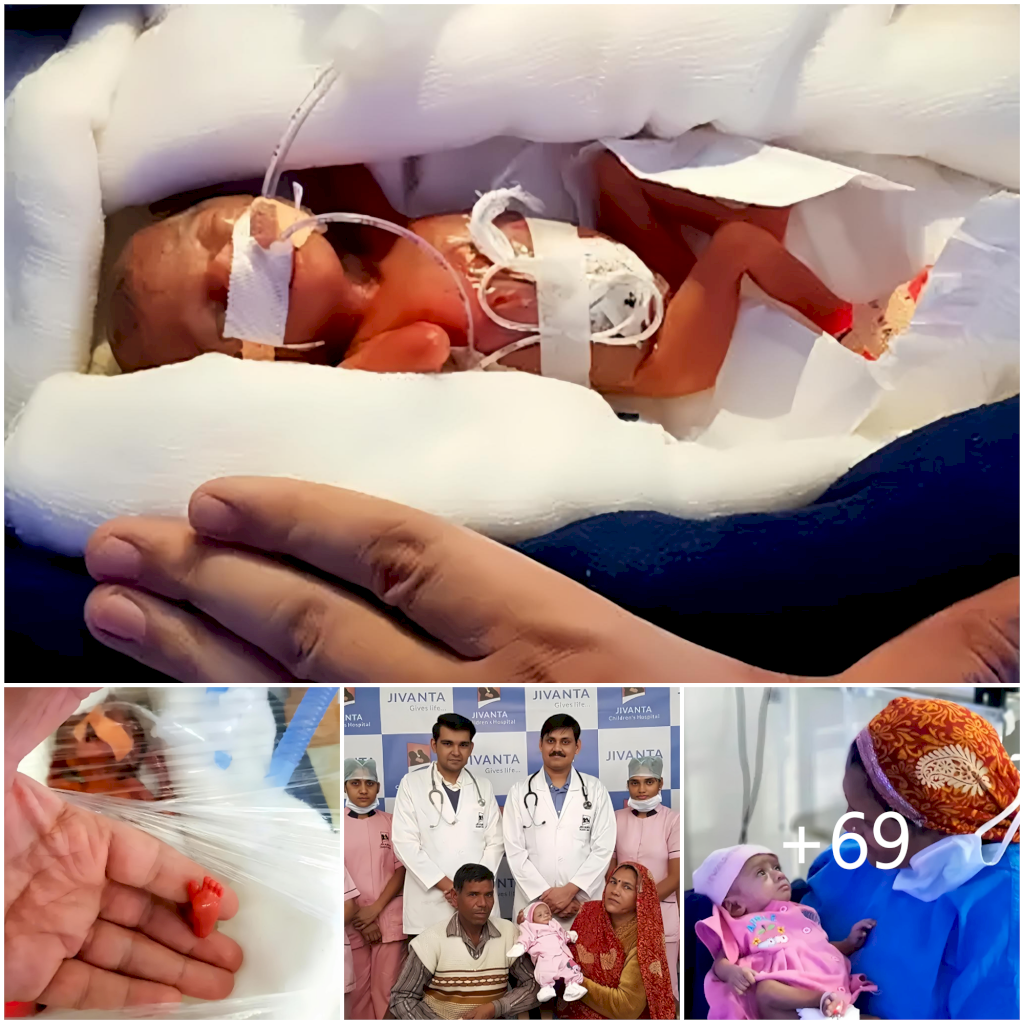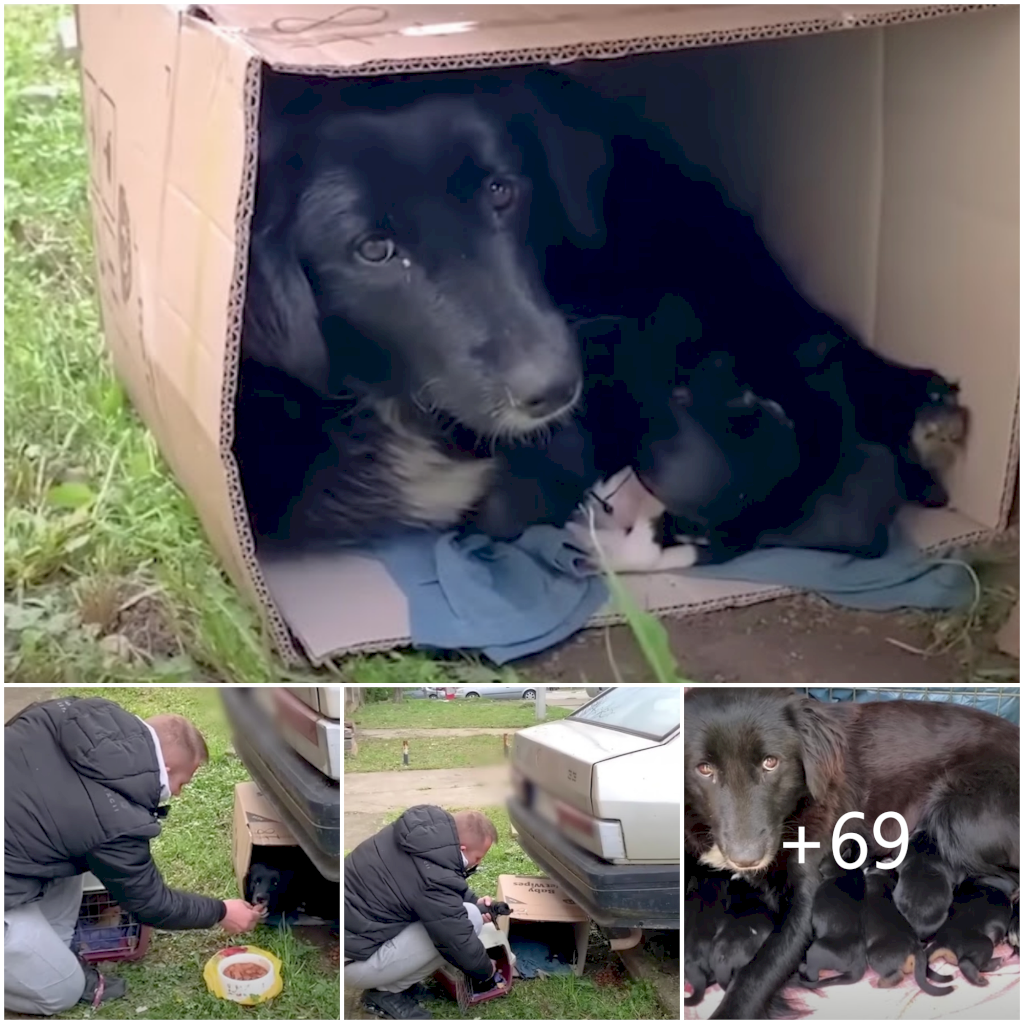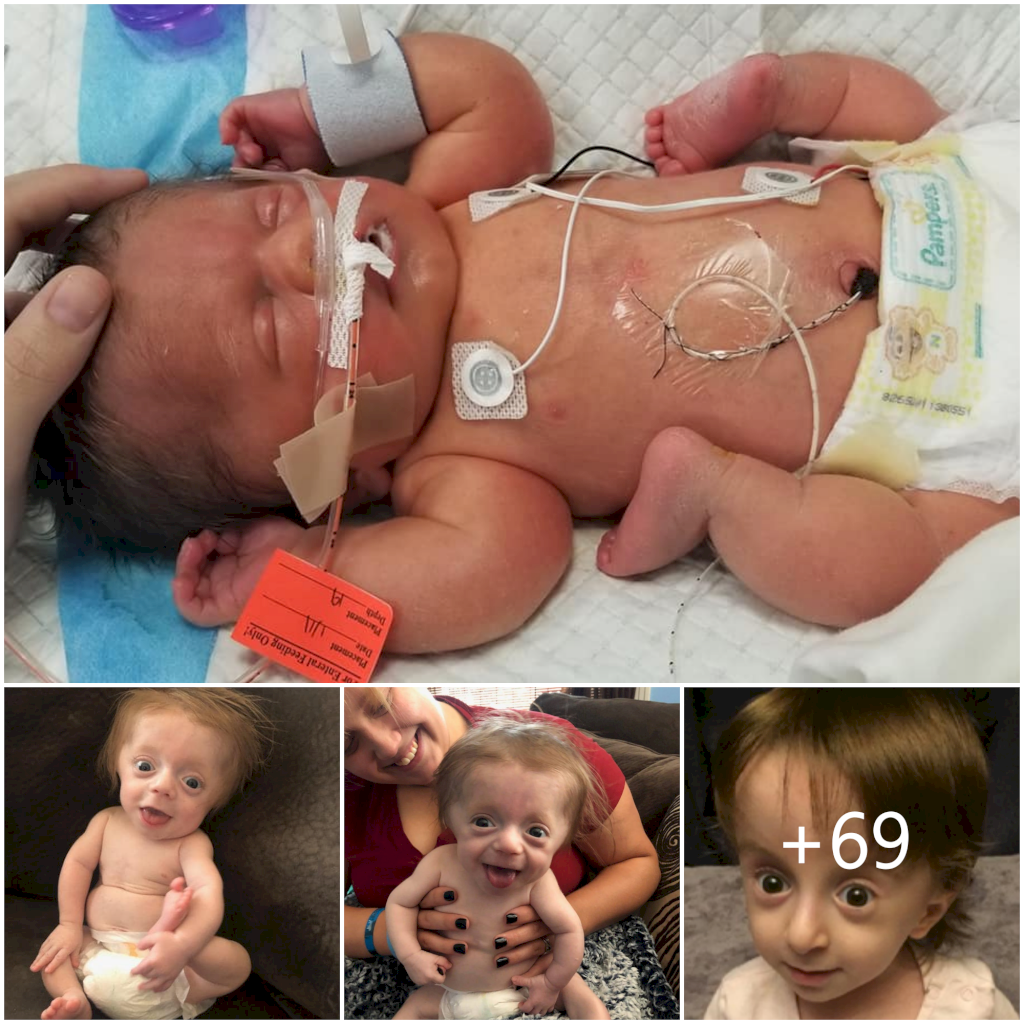A family in Russia has an interestin–and very rare–tale about their beloved cat, Simina. As a teenager, daughter Dasha was at last welcomed into the world of cat servants after years of pleading. They visited a local man who was adopting out a few fur-babies. She and her mother disagreed over which kitten was the purrfect fit. One was “cuter” according to Dasha, and one was a bit more “scraggly” that her mom was drawn to. Little did they know her appearance was about to drastically change.
Mom won and the kitten they named Simina joined the family.

Simina was like any other kitten her age, playful and active. Although her unkempt appearance made her look like she had just trekked through the wilderness. But the family loved their unique cat no less.
Then as she aged, an unexpected thing began to occur. Simina’s hair began falling out! Not in the normal “just had a good brushing to rid her of shedding” fur amounts, but in clumps.

Worried about their fur-babies health, they confirmed with their veterinarian that Simina was not suffering from any medical conditions.
As more and more hair fell out, it became clear what the baffling situation was; Simina was part Sphynx!
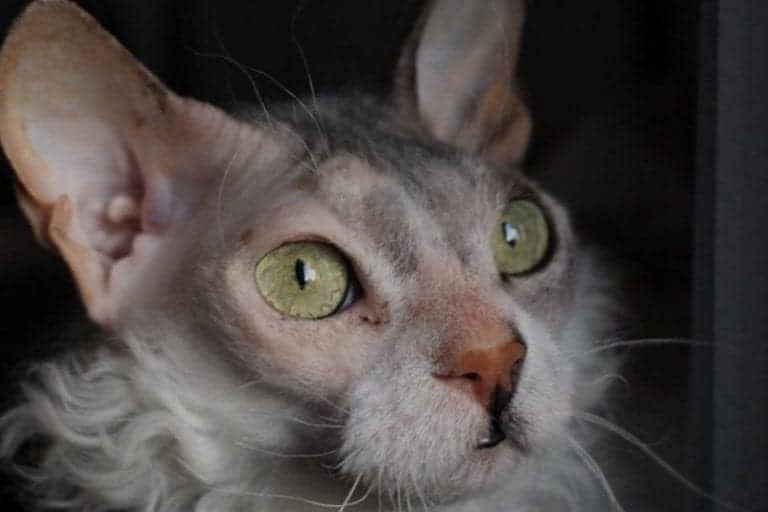
The Sphynx was made popular in the 1960’s. European breeders began genetically altering the unique cat through selective breeding processes. Many people mistakenly believe these cats are completely hairless, making them well suited for owners with allergies. This is incorrect though, as the Sphynx does have a light coat of “peach-fuzz”. Allergens in the skin can still cause reactions in humans.
Throughout the Sphynx community, many adopters have rescued their pets from shelters. Sadly, many of these abandoned or surrendered animals are dropped at shelters because of a lack of “pureblood” from their parents. Sphynx cats are also prone to numerous medical conditions due to breeding habits. These include skin cancer, heart conditions and respiratory infections, meaning they require more care than other felines.
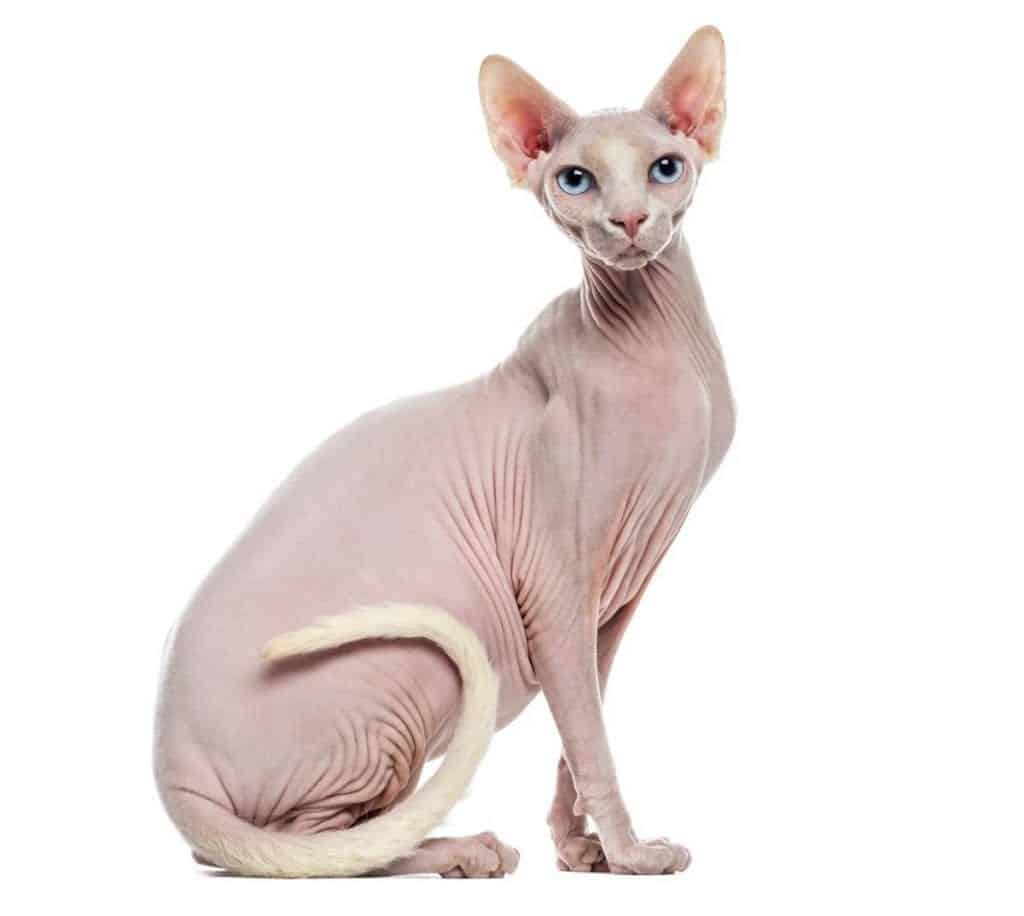
Photo: catappy.com
Cat lovers drawn to the wrinkly, soft skin of these felines still happily welcome them into their lives.
Many of these mixed-breeds often begin to GROW fur due to hormones or cold weather environments, but this is usually reported to later fall out.
Dasha and her family were surprised by Simina’s changing appearance and visitors to the house joked with them about their “ugly cat”. Many guests suggested Simina’s beginning in life perhaps started in Chernobyl, but the family laughed them off and give her extra snuggles.
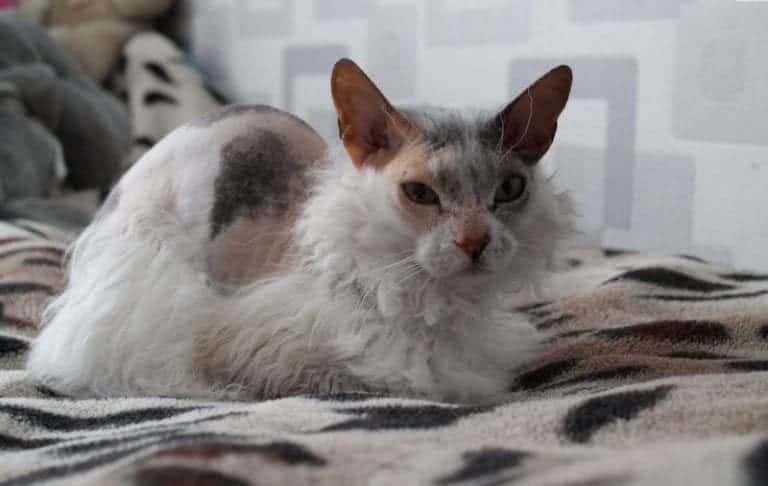
Simina’s attitude didn’t change though and she did as normal cats do. She snuggled when she wanted to and swat at you when she wanted some alone time. Simba did however bond very closely with Dasha. She tended to shy away from or monitor younger male siblings from a safe distance.
As a welcomed “crazy cat lady”, Dasha snuggled with Simina most nights. The main difference was now their partially fur-less feline required a bit more maintenance for her health. Weekly baths or wipe downs were needed for her Sphynx upper body. Frequent cleaning of goopy eyes helped keep Simina looking purrfect.
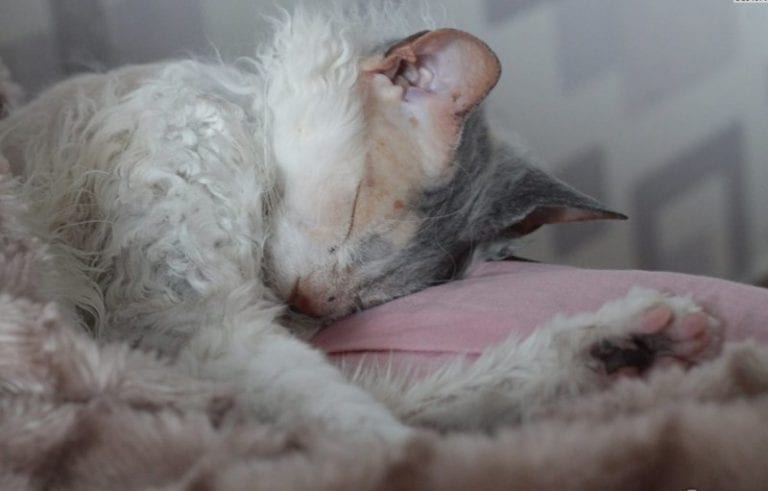
Time went by and her hair loss progressed only along the top of her figure.
She has now been left with a full, fluffy underbelly and soft, kissable face. Perfect for napping anywhere; she has her own travel bedding!
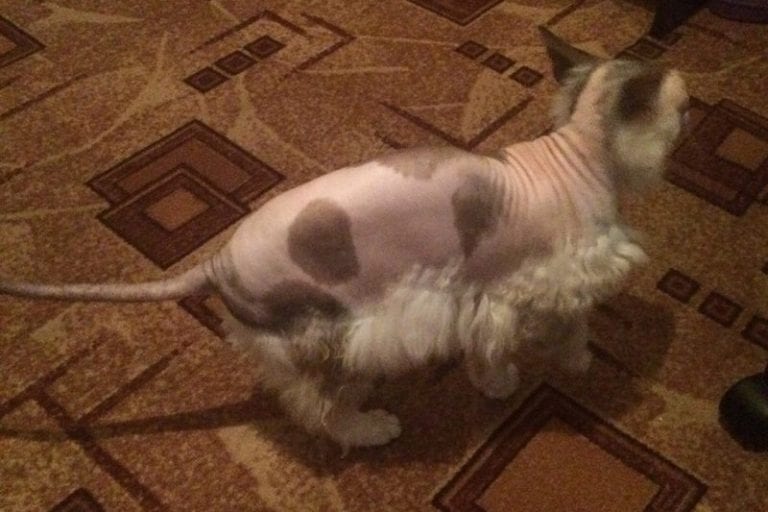
Having a unique cat like Simina growing up, Dasha’s family learned a valuable lesson early in life. Never judge a person by their looks, a book by it’s cover…or a cat by it’s fur.
